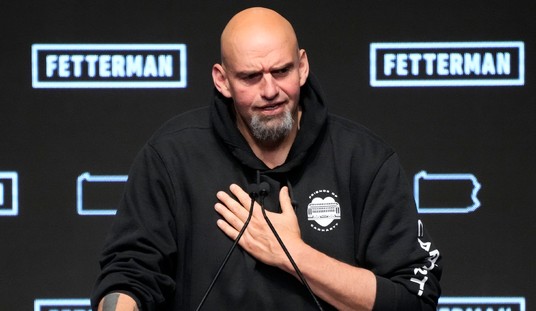Riots bring out the best and the worst in media. Some risk their safety to get the powerful images and stories that define an event. Responsible professionals take great care to make sure that the story gets told properly and fairly. Some reporters and, more often, pundits, unfortunately use images without providing context and gravitate immediately to easy hot button topics. They push to inflame, rather than inform.
Journalists, against their wishes, have also formed part of the story. Police actions against both citizen reporters and mainstream media reporters have made Ferguson a symbol of what many on the right and left have concluded is wrong with law enforcement.
Residents are frustrated with the overall coverage. St. Louis resident Kelly Morrison used social media to accuse the media of sensationalizing the riot, explaining that “they are making it seem like the police are policing a situation - when in reality they are saying that we can't congregate and protest after dark..... we can't videotape/report on their actions” She also said that “97 percent” of the protesters are peacefully at the police station or the crime scene.
Coverage naturally includes pictures of explosions, tear gas illuminated by light at night, and other dramatic imagery. But not every journalist ensures, as the Daily Caller’s Rachel Stoltzfoos did, that even a photo essay explains a story fairly. Stoltzfoos fairly balanced photos of clashes with those of peaceful marchers. One video shows police firing rubber bullets into peaceful protesters, another image seems to show police following proper procedure.
Police crackdowns on reporting have taken center stage in coverage in the past two days. St. Louis alderman Antonio French donned the cap of citizen journalist, driving into Ferguson to videotape and report what he saw. Police later arrested French while videotaping from inside his own car.
Recommended
French told KMOV, “I asked why I was being arrested and he said it was because ‘I didn’t listen.’”
Some in Congress, notably Senator Diane Feinstein, in recent years have looked to give special protection to “paid” journalists. Such legislation would leave spontaneous reporters like Alderman French vulnerable to prosecution because he “didn’t listen.”
Reporters from the Washington Post and Huffington Post also were taken into custody. Reporters customarily use McDonalds as bases of operation because of free wifi and available outlets to recharge equipment. Police closing the restaurant arrested the two reporters for not moving quickly enough. The Washington Post’s Wesley Lowery described later how an officer slammed him into a soda fountain.
Police refused to give names and badge numbers of the arresting officers.
A sign that officers may be going beyond standard procedure in some cases came from the Ferguson police chief himself. When told by a Los Angeles Times reporter of the treatment meted to the reporters, he replied “Oh God.”
The reporters were released soon after.
Punditry has run the gambit from knee jerk reactions to solid commentary. NBC’s Andrea Mitchell, when hearing of the arrest of the two reporters, tweeted about “reporting while black.” This led to criticism from the Washington Examiner’s Beckett Adams who called it “outrageously irresponsible.” He noted that one of the reporters taken into custody was white.
In another commentary, Adams said “unless state and local leaders step up to address Ferguson residents’ concerns over the death of Brown, who was reportedly shot multiple times by a police officer, expect the protests and public displays of frustration to continue.”
Kevin Williamson of National Review, echoed concerns voiced in Huffington Post, Reason, and other outlets for years about the militarization of law enforcement. Part of the underlying problem, he says, is “ridiculously militarized suburban police dressed up like characters from Starship Troopers and pointing rifles at people from atop armored vehicles, i.e. the worst sort of mall ninjas.”
Williamson also wrote that free societies do not operate in secret, they do not arrest people who are peacefully trying to document events as they happen, and government is our servant, not our master.
While many in law enforcement would prefer to be more like Andy Griffith than Samuel L. Jackson, militarization is a systemic problem that affects all police, both the majority of the good and the small minority of the bad. It has helped to provoke this clash between the forces of order and the rights of the press and others conducting themselves peaceably.
It has been a long time since America’s last urban riot. Scenes of violence excite emotional responses. Most reporters cover such events wisely; most police do their jobs with discipline and professionalism. Most of those angry with the Ferguson local government have conducted themselves peacefully. Of the thousands protesting, only a handful have tried to turn protests into violent provocation.
But, fair or not, the excesses of some on all sides tarnish the actions of all. Those following this have to remember to not generalize about all what is seen in the most dramatic images. It is the media’s job to ensure that the public gets a full understanding of the riot.
And it is the job of the media consumer to follow those outlets and journalists that have shown the most discipline in making sure they get the full story.
























Join the conversation as a VIP Member